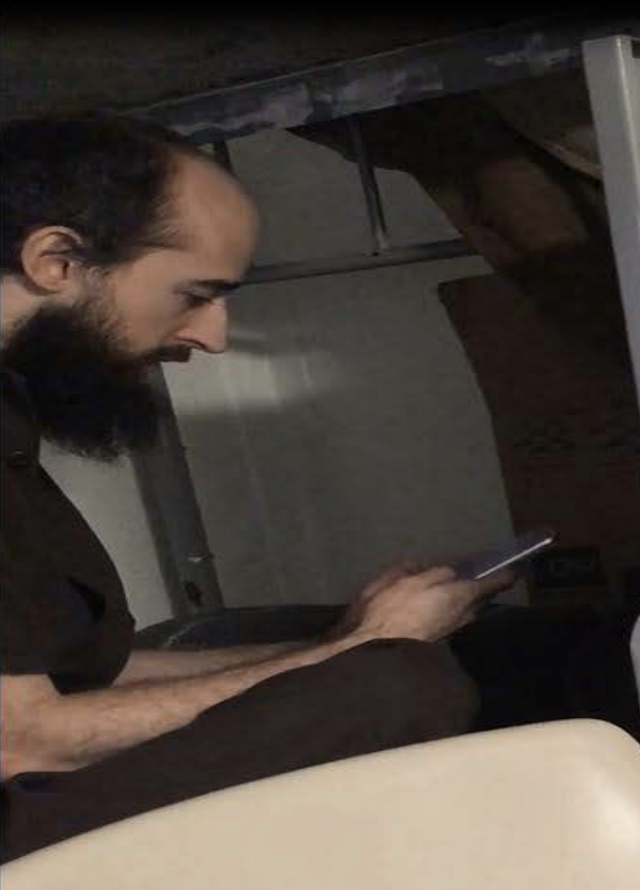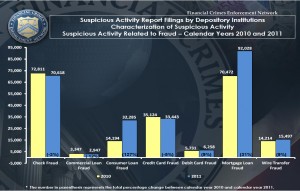The AP’s Goldman and Apuzzo have another blockbuster counterterrorism article, this time describing how the NYPD has built its own intelligence service to target Muslims. It’s long, but it’s worth reading the whole thing. Keep an eye out for these key details:
- The program in part serves to overcome CIA failures to recruit a more diverse workforce
- The NYPD borrowed some of their community mapping techniques from Israel’s efforts in the West Bank
- The NYPD shreds documents to keep their community mapping program secret
- The NYPD uses informants in mosques without predication, something the FBI claims it won’t do
- The city looked for Pakistani cab drivers with fraudulent licenses as a way to recruit informants
- The NYPD passed information to the CIA via unofficial channels
- A top CIA operative is working at the NYPD, while still on the CIA’s payroll
As comprehensive as this story is, it leaves out two of the program’s most significant failures. The NYPD claims that this program is successful because NY hasn’t been attacked.
For [retired CIA officer David] Cohen [who pioneered this program], there was only one way to measure success: “They haven’t attacked us,” he said in a 2005 deposition. He said anything that was bad for terrorists was good for NYPD.
Granted, Cohen made that statement in 2005.
But, first of all, it’s no longer true that “they haven’t attacked us.” The Faisal Shahzad attempt last year may have been unsuccessful, but it is an example of an attack launched with international support.Yet neither the NYPD (nor, for that matter, the FBI) had any clue about Shahzad before he attacked.
That may be perfectly understandable for the NYPD. After all, Shahzad lived in Connecticut. He used a hawala (the guy who ran it just signed a plea deal), but that was in Long Island, not the City. So the few hints that Shahzad might attack were outside of NYPD’s jurisdiction. The AP article notes the NYPD’s spooks operate far outside of the city, but in any case, the failure to identify Shahzad shows how much will remain hidden even from the NYPD’s invasive approach.
The case of Najibullah Zazi is still more problematic.
The NYPD had infiltrated Zazi’s mosque in NY, which was the focus of his conspiracy. They even used the Imam there, Ahmad Wais Afzali, as an informant. Yet they appear to have had no advance warning that Zazi and two friends from NY were training for an attack (the FBI is reported to have gotten their first lead on Zazi from the Pakistanis).
In other words, all the activity described in the AP piece included Zazi’s immediate circle of associates. Yet that activity apparently failed to identify Zazi as a threat.
Even worse, the NYPD’s confidence in Afzali compromised the FBI’s case. After the FBI tipped of the NYPD, the NYPD tried to develop its own leads. That included showing Afzali a picture of Zazi, which led Afzali to call Zazi’s father and then Zazi himself to warn them of the investigation.
Media reports quoting anonymous FBI officials have suggested the NYPD botched the case when it showed a picture of Najibullah Zazi, the Denver shuttle-bus driver at the heart of the investigation, to Ahmed Afzali, a Queens Imam and sometime police informant. Afzali, the reports say, first called Zazi’s father Mohammed, then Najibullah himself, alerting them to the probe. The FBI, which had been monitoring the calls, was then forced to move immediately to arrest the Zazis — much sooner than it had planned.
[snip]
When Zazi traveled to New York ahead of the anniversary of 9/11, the FBI as a precaution alerted the NYPD. That’s when officers from the NYPD’s intelligence unit consulted Afzali. “It looks like they did this on their own initiative — they really trusted this Imam,” says the law-enforcement official. “But if they’d consulted with the bureau first, they’d have been told not to talk to anybody.”
The NYPD spoke to Afzali three times after they were tipped off to the investigation.
The NYPD’s freelancing apparently began when an Intelligence Division detective of its top secret Special Services Unit — identified in government documents as Dan Sirakowsky — telephoned Afzali on Sept. 10, a day before the eighth anniversary of the Trade Center attacks.
Afzali had been Sirakowsky’s confidential informant, or C.I., since 9/11.
Sirakowsky told Afzali the department needed to speak to him right away. Minutes after the phone call, a detective and a sergeant showed up at Afzali’s home with pictures of Zazi and three of his alleged accomplices.
According to [Afzali’s lawyer] Kuby, Afzali recognized Zazi and two others. They had been students in Afzali’s mosque class years before. The police then asked Afzali to find out more about what the three were up to in the city.
In addition, it appears that the NYPD shared information on the Zazi investigation with cops who did not have clearance.
Four NYPD detectives have been hauled before a federal grand jury probing leaks of top-secret information about a terror plot to blow up city subways, sources told the Daily News.
[snip]
The inquiry is said to be focusing on leaks of sensitive information from the FBI-NYPD Joint Terrorism Task Force to cops who did not have clearance.
Some of the information ended up in the press.
(Read that entire article for a sense of how Ray Kelly has retaliated against those who might expose the abuses and failures of his intelligence division.)
In short, not only did this elite intelligence unit not find the one guy who has actually attacked NYC, but it significantly endangered the investigation into another terrorist who came close to attacking NYC.


